Their worship rituals are also linked with the traditional saying, “when drinking water, think of the source” which has been handed down from generation to generation in Vietnam. Through their worship, the children express their gratitude to their parents and ancestors for giving them a life, as well as to the communal genies for their blessings with good weather, bumper crops and a prosperous life, and to the country’s kings and national heroes for defending and building the homeland.
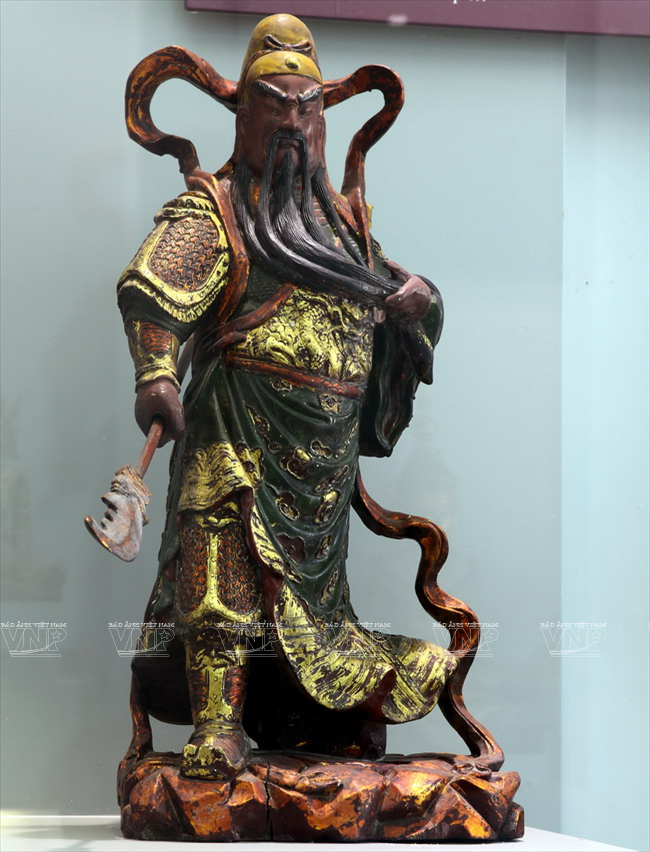 The statue of Guangong in the 19th century. Photo: Le Minh/VNP 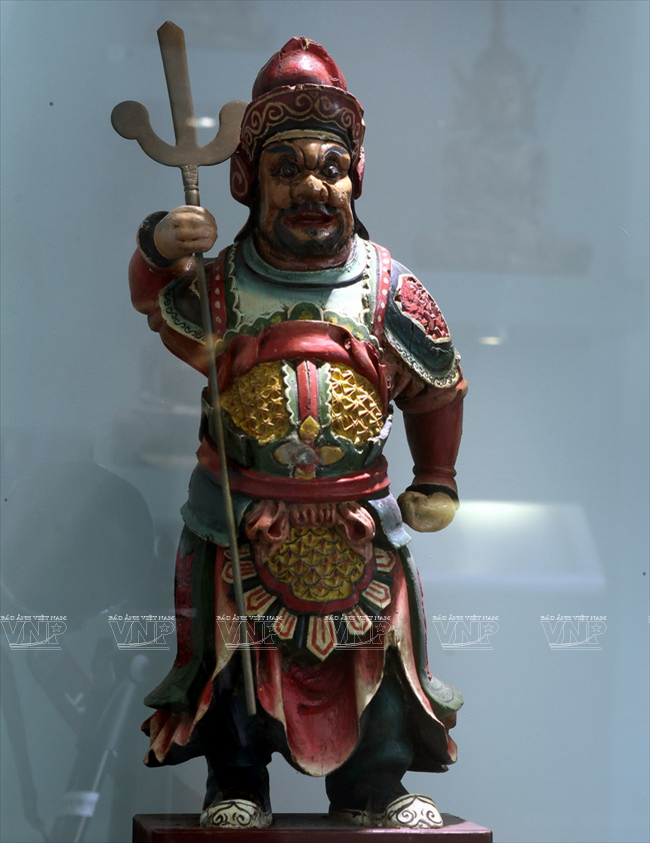 The statue of Mianran Dashi in the 19th century. Photo: Le Minh/VNP 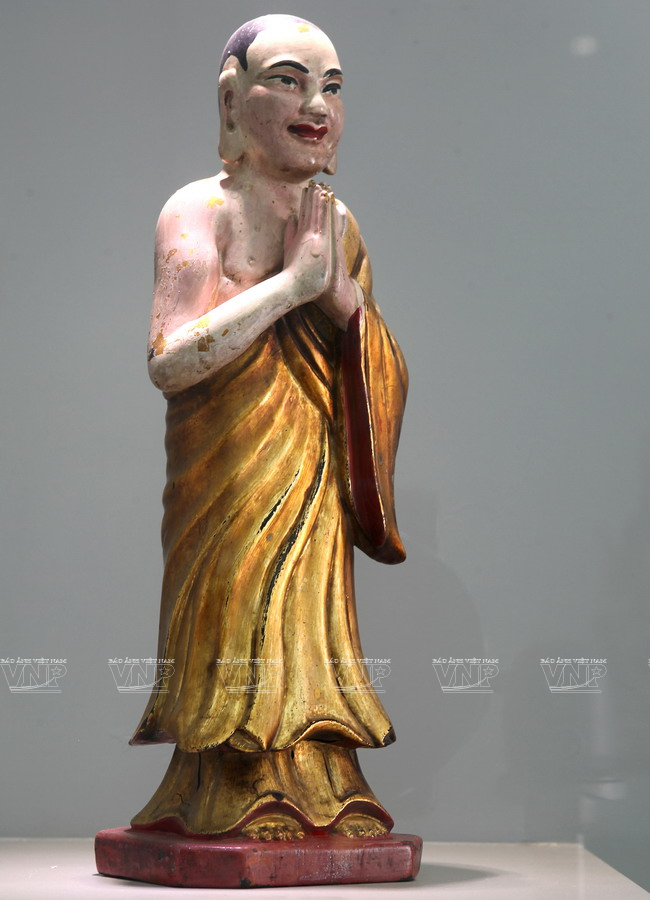 Kassapa Buddha in the 19th century. Photo: Le Minh/VNP 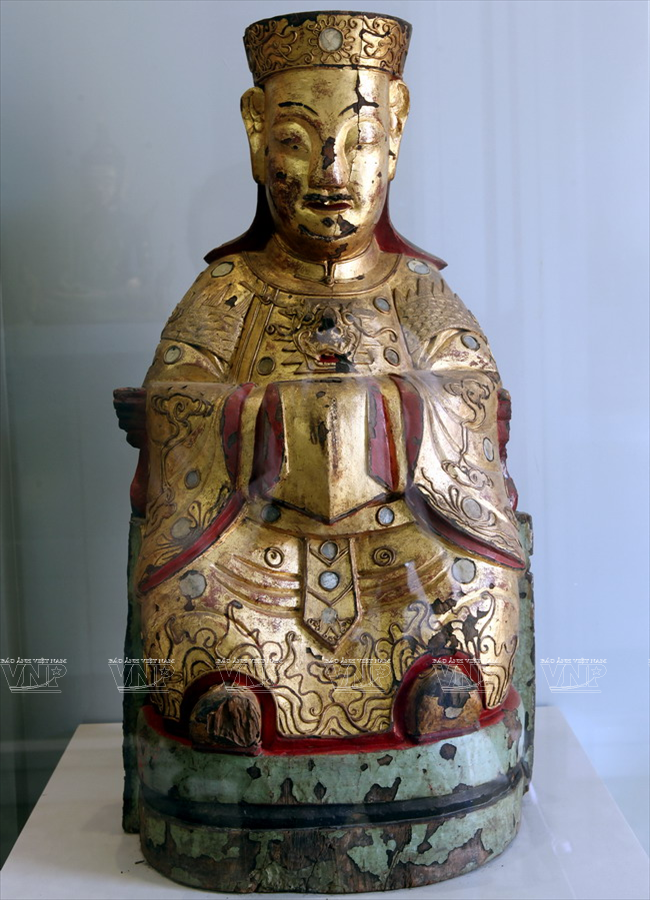 The statue of Yama in the 19th century. Photo: Le Minh/VNP 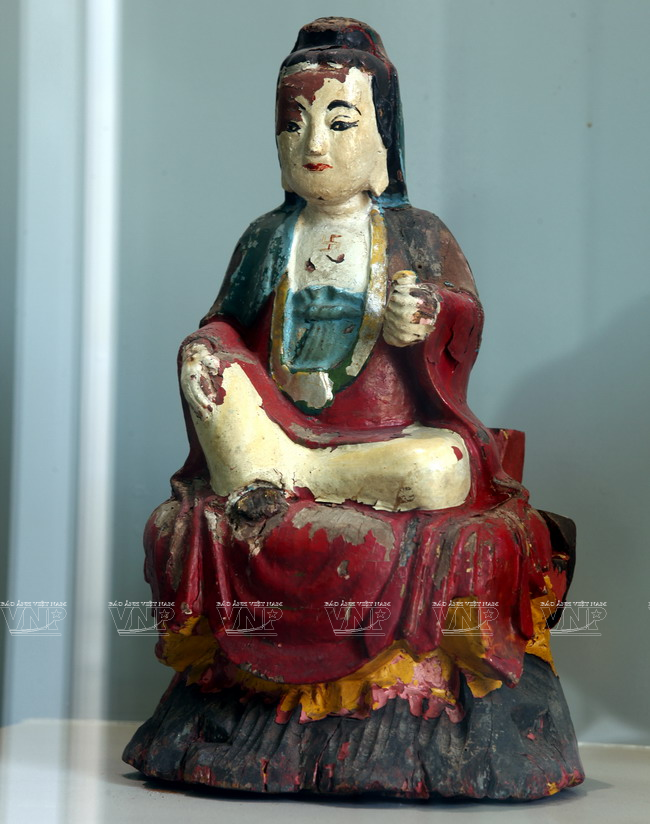 The statue of Guanyin in the 19th century. Photo: Le Minh/VNP 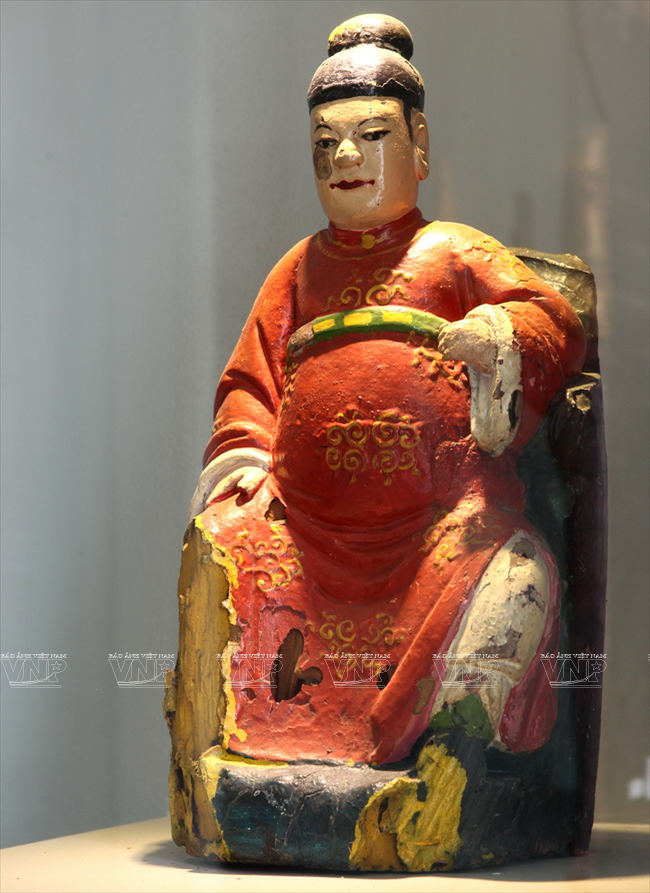 Wu Xing statue in the 19th century. Photo: Le Minh/VNP  The statue of a military mandarin in the 19th century. Photo: Le Minh/VNP 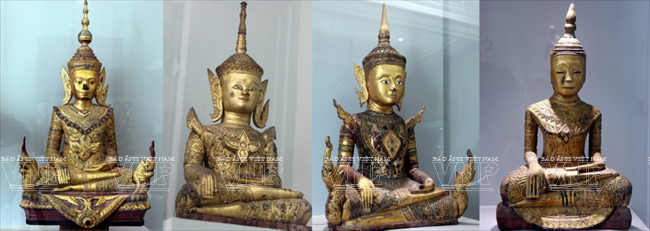 A set of Khmer Buddha statues in the 19th century. Photo: Le Minh/VNP 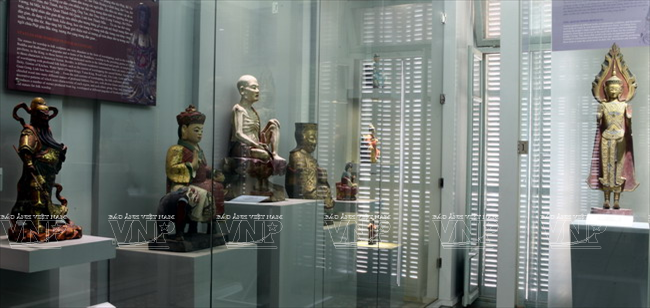 The space for displaying sculpture statues for worship at the Ho Chi Minh City Fine Arts Museum. Photo: Le Minh/VNP |
Among Vietnamese ethnic groups, there are rituals to worship the Kitchen God, village’s genie and the mountain and forest’ genies. In each rural area, there is always a temple dedicated to the village’s founder-tutelary god who protects the local residents from any invaders and against natural calamities.
Those who follow Buddhism always display Buddhist statues on the altar in their homes, of which statues of Bodhisattva Guanyin and Sakyamuni are always placed in the most solemn position.
Vietnam is a big family with 54 ethnic groups who share most of the worship rituals. They are diverse in terms of the worship subject and space. In the collection of worship statues displayed at the Ho Chi Minh City Fine Arts Museum, there are different ones, including Buddhist statues for display in the pagoda, statues of the communal genies for temples, and folk figures like the Land God, Kitchen God, Mountain God and Fire Goddess, at home.
Originating from their worship rituals, artisans make wooden statues diverse in sizes, models and designs depending on the worshippers’ locality and their ethnic characters. The Buddhist statues of the Khmer people in southern Vietnam are diverse in size and model, reflecting some notable events relating to Buddha’s life such as Buddha’s birthday, Buddha’s training for a religious life, Buddha’s meditation, and Buddha’s achievement of Nirvana.
The unique collection of worship statues is valuable, because it helps viewers learn more about the traditional worship rituals of the Vietnamese people, as well as enjoy the statues’ unique and delicate folk carvings made by skillful artisans.



